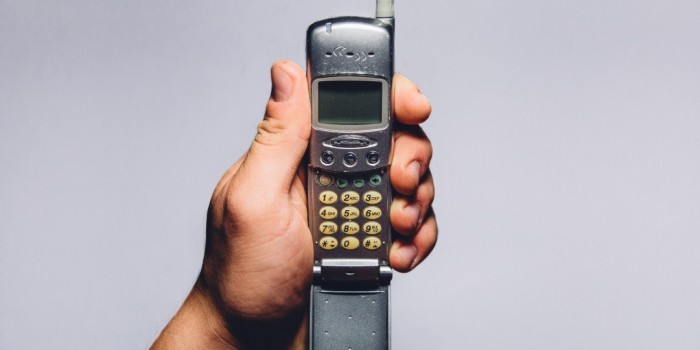When your computer, cell phone or tablet finally gives out, what do you do? You go to your local electronics store and buy a replacement, of course! We don’t always think about what happens to the old one we got rid of, the e-waste we’re generating, and what will happen to it once it’s thrown in the trash and forgotten about.
Electronic Waste or e-waste can be any electronic device that is obsolete, broken or is simply not wanted anymore. In 2014, Canada generated 799,000 tons of e-waste while the U. S. and China contributed 7.795 million and 6.65 million tons respectively. E-waste is not only an issue for our planet but a problem for people too!
![]()
The Challenge

The biggest challenge when disposing of e-waste is the internal components. These parts can be made with toxic metals such as lead, mercury, and cadmium while also having components made of copper, gold, silver and palladium. Once an electronic has been thrown in the trash, they either are left in the landfill or are incinerated.
If the e-waste is not disposed of correctly, the heavy metals can find their way into the ground and groundwater or even into the air if incinerated. This, in some areas, has led to noticeably high lead levels in children and heavy metal pollution in soil. At the same time, when the e-waste is thrown away the less toxic metals end up being re-mined instead of recycled.
![]()
The Human Factor

E-waste can also have an adverse effect on people’s health. When e-waste is dismantled without proper protections being in place people can be exposed to heavy metals and chemicals. Since many countries don’t have a perfect system developed for dismantling electronics yet, we as a society need to be careful with what we do with our electronics when we’re done using them!
![]()
What Can I do?

Despite the difficulties in managing the disposal of e-waste, there has been a move toward a more sustainable and safe way of dealing with it. Some countries have begun to pass bills that outline how e-waste should be adequately recycled. In 2014, Kenya adopted a law that required all e-waste to be delivered to government approved facilities. This way those people processing the disposed electronics will be able to do so in a regulated and safe environment.
As a global citizen, you too can take part in curbing the e-waste problem. When disposing of e-waste, don’t let the lead out. Avoid throwing it in the trash and make sure you take it to a recycling center that deals with its disposal or take advantage of a manufacturer’s recycling program.
Ensuring that the toxic chemicals inside of old, outdated gadgetry stay out of landfills is pivotal to the health of the environment.
For more tips on how you can tackle the e-waste problem, check out our 5 Recycling Commandments for Properly Disposing of E-Waste.
Sources
Bodamer, David. “The 20 Countries that Generated the Most E-Waste Last Year.” Waste 360. August 11, 2015. http://waste360.com/recycling/20-countries-generated-most-e-waste-last-year#slide-6-field_images-208331. Accessed May 13, 2016.
Dobransky, Megan. “What is a Producer’s Responsibility?” Earth 911. January 10, 2016. Accessed May 13, 2016.
EarthTalk. “E-waste may be most pressing problem of the 21st Century.” The Mercury. October 6, 2015. http://www.pottsmerc.com/lifestyle/20141006/e-waste-may-be-most-pressing-problem-of-the-21st-century. Accessed May 13, 2016.
Jackson, Paul. “Electronic Waste: Opportunity in ‘Trash’.” Earth 911. September 5, 2014. http://earth911.com/business-policy/policy-legislation/electronic-waste-opportunity-trash/. Accessed May 13, 2016.
Musulin, Kristin. “Tracking the international journey of the United States’ deadly e-waste.” Waste Dive. May 12, 2016. http://www.wastedive.com/news/tracking-the-international-journey-of-the-united-states-deadly-e-waste/419056/. Accessed May 13, 2016.
![]()













